Para pleco - Peckoltia sabaji
Scientific name: Peckoltia sabaji
Common name: Para pleco
Family: Loricariidae
Usual size in fish tanks: 20 - 25 cm (7.87 - 9.84 inch)
014
Recommended pH range: 6.4 - 7.5
Recommended water hardness: 5 - 13°N (89.29 - 232.14ppm)
0°C 32°F30°C 86°F
Recommended temperature range: 24 - 27 °C (75.2 - 80.6°F)
The way how these fish reproduce: Spawning
Where the species comes from: South America
Temperament to its own species: peaceful
Temperament toward other fish species: peaceful
Usual place in the tank: Bottom levels
Food and Feeding
Para Plecos (Peckoltia sabaji) are not fussy eaters and will readily accept a variety of foods. When newly introduced to the aquarium, they may be shy and prefer feeding at night, so offering food in the evenings can help them acclimate. Once comfortable, they will emerge during the day for meals. Their diet should include:
- Staple foods: High-quality sinking pellets and algae wafers.
- Protein-rich treats: Brine shrimp, bloodworms, and chopped shrimp.
- Vegetable matter: Blanched zucchini, cucumber, spinach, and shelled peas.
Feeding should be done once or twice daily in moderate portions to maintain water quality and avoid overfeeding.
Origin
Para Plecos are native to South America, specifically found in the waterways of Colombia and Venezuela. They inhabit slow-moving, well-oxygenated rivers with sandy or rocky substrates, often sheltering under submerged driftwood and rocks.
Sexing
There are no prominent visual differences between males and females. However, during breeding, males may develop slightly more pronounced odontodes (bristle-like structures) along their pectoral fins.
Breeding
Compared to other Loricariids, the breeding process of Para Plecos is relatively peaceful. These fish are cave spawners, and the male plays a key role in parental care. The breeding process follows these steps:
- The male selects or excavates a cave, rock crevice, or driftwood hollow to use as a nesting site.
- Once a female is ready to spawn, she is invited into the cave, where she lays eggs.
- The male turns around and enters tail-first to fertilize and guard the eggs.
- After spawning, the female leaves the nest, and the male remains to protect and aerate the eggs.
- Eggs hatch within 6-7 days, and the fry remain in the nest for another 7 days until they become free-swimming.
- Once they leave the nest, the fry can be fed on newly hatched brine shrimp and finely crushed flakes.
Lifespan
With proper care, Peckoltia sabaji can live for 5-8 years. Maintaining clean water conditions and a well-balanced diet can help maximize their lifespan.
Tank Setup and Behavior
Para Plecos are peaceful, bottom-dwelling fish that integrate well into community aquariums. They are nocturnal by nature but will become more active during the day once they are comfortable in their environment. To ensure their well-being:
- Provide a soft sandy or fine gravel substrate to mimic their natural habitat.
- Include plenty of driftwood, caves, and rocky structures for hiding spots and territorial comfort.
- Maintain subdued or dim lighting to replicate the shady conditions of their natural rivers.
- Ensure good water flow and oxygenation, as they thrive in well-oxygenated environments.
Tank Mates
Para Plecos are peaceful fish and coexist well with non-aggressive species. Suitable tank mates include:
- Harlequin Rasboras – Active, peaceful mid-level swimmers.
- Neon Tetras – Small, vibrant companions.
- Bolivian Rams – Gentle cichlids that match the pleco’s calm nature.
- Otocinclus Catfish – Excellent algae grazers that share similar habitat preferences.
- Corydoras – Peaceful bottom dwellers.
Tank mates to avoid:
- Oscars – Large, aggressive cichlids that may intimidate Para Plecos.
- Redtail shark – Too large and predatory for peaceful plecos.
- Convict Cichlids – Can become territorial and aggressive.
Recommended Plants
Although Para Plecos do not require plants, adding them can enhance their environment and improve water quality. Suitable plants include:
- Java Fern – Hardy and attaches well to driftwood.
- Anubias – Resilient and requires minimal care.
- Java Moss – Great for creating natural hiding spots.
- Cryptocoryne Wendtii – Thrives in lower light conditions.
- Amazon Sword – Provides broad leaves for shade and shelter.
- Vallisneria – Adds height to the aquarium and tolerates a wide range of conditions.
- Hygrophila Corymbosa – Fast-growing, helps oxygenate the tank.
- Water Lettuce – A floating plant that helps diffuse bright lighting.
- African Water Fern – Prefers moderate flow and provides natural cover.
- Lagenandra ovata – A robust plant that thrives in various conditions.
Short Description
The Para Pleco (Peckoltia sabaji) is a peaceful and attractive bottom-dweller that thrives in well-maintained aquariums. With its striking patterns and calm temperament, it makes an excellent addition to community tanks. Providing ample hiding spaces, stable water conditions, and a varied diet will ensure its health and longevity. While generally shy at first, it will become more active over time, making it a rewarding species for both beginner and experienced aquarists.
Pictures
Bought by aqua-fish.net from jjphoto.dk.
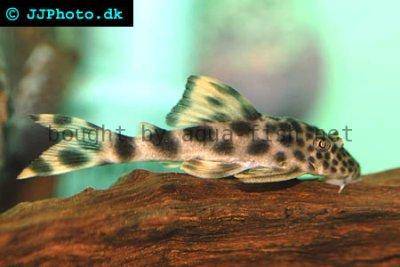









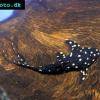 Adonis
Adonis 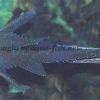 Lyre
Lyre 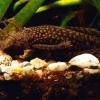 Bristlenose
Bristlenose 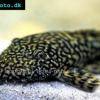 Gold
Gold 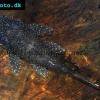 Bushymouth
Bushymouth  Spotted
Spotted 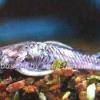 Medusa
Medusa 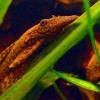 Bristlenose
Bristlenose 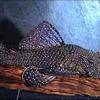 Starlight
Starlight 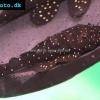 Spotted
Spotted 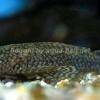 Catfish
Catfish 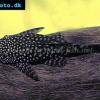 Bushynose
Bushynose 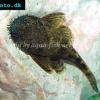 Bristlenose
Bristlenose 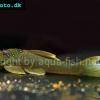 Green
Green 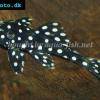 LDA-33
LDA-33 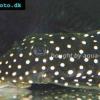 Snowflake
Snowflake 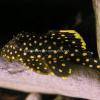 Gold
Gold 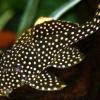 Gold
Gold 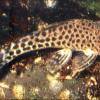 Bulldog
Bulldog 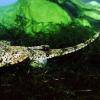 Dasyloricaria
Dasyloricaria 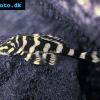 Butterfly
Butterfly 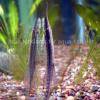 Whiptail
Whiptail 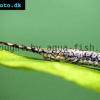 Amazon
Amazon  Twig
Twig 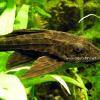 Spotted
Spotted 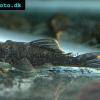 Spotted
Spotted 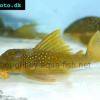 Lemon
Lemon 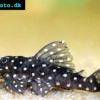 Pleco
Pleco 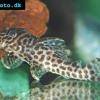 Peruvian
Peruvian 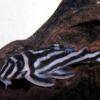 Zebra
Zebra 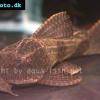 Pleco
Pleco 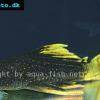 Hypostomus
Hypostomus 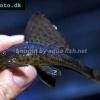 Pleco
Pleco 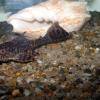 Suckermouth
Suckermouth 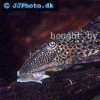 Spotted
Spotted  Woodeating
Woodeating 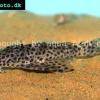 Golden
Golden 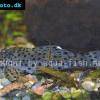 Sultan
Sultan 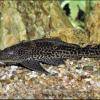 Multiradiatus
Multiradiatus 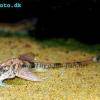 Marbled
Marbled 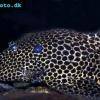 Pleco
Pleco 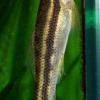 Dwarf
Dwarf 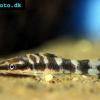 Dwarf
Dwarf 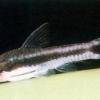 Dwarf
Dwarf 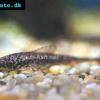 Oxyropsis
Oxyropsis 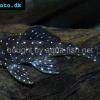 Orange
Orange 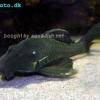 Blue
Blue 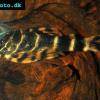 Clown
Clown 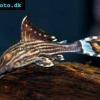 Royal
Royal 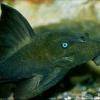 Blue
Blue 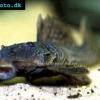 Rubber
Rubber 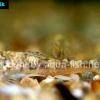 Goby
Goby 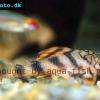 Wormline
Wormline  Tiger
Tiger 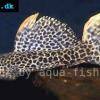 Leopard
Leopard 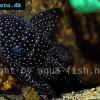 Spiny
Spiny 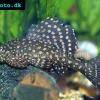 Marbled
Marbled 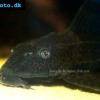 Amazon
Amazon  Common
Common 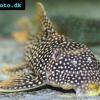 Sunshine
Sunshine 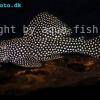 Golden
Golden